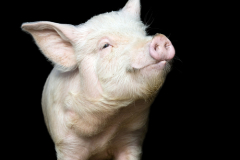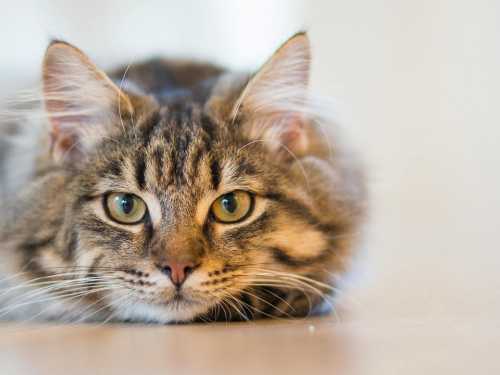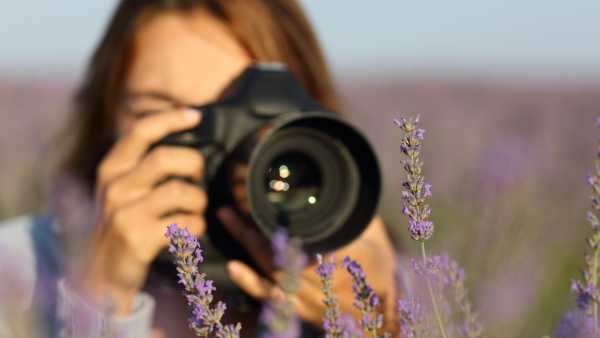
The self-proclaimed king of nature added that “nature is not a temple, but a workshop…” and began to manipulate the world around him willfully, often without considering the consequences (it is estimated that 99% of animals have disappeared from the planet) or the unique qualities of its inhabitants. What are they?
Wild animals
Elephants. They possess the unique ability to stand on their heads and have four knees, but are the only animals in the animal kingdom that cannot jump. Aside from the topic, here's another interesting fact: over the course of a lifetime, the average human consumes an amount of food equivalent to the weight of six elephants.
Hippos and crocodiles. The ancient Egyptians disliked hippos, considering them the main pests of their fields. Even today, they trample many crops. A notable characteristic of hippos is their ability to open their jaws wide: 1 meter 20 cm. And crocodiles, when preparing to dive deeper, swallow stones.
Giraffes are amazing animals. The spots on their bodies are as unique as human fingerprints. Calves are born with horns, and their first act upon exiting the womb is a 1.5-meter fall. Giraffes are generally silent animals (despite their long tongues—up to 45 cm), but calves express themselves through mooing and bleating, while males roar during duels, wrestling with their necks, and occasionally snore, moan, and even sing, producing flute-like sounds.
Life in a giraffe community is extremely democratic. Firstly, there is no hierarchy. Secondly, it is open to accepting new members “from outside.” Finally, when feeding, males and females eat leaves from different parts of the tree to avoid conflict. A remarkable peacefulness.
Moreover, they are not sleepy: they sleep for no more than 10 minutes at a time. When awake, they are capable of walking, taking 4 meters with each step, and running at speeds of 50 km/h. And here's another interesting thing: when Europeans first encountered giraffes, they called them camelopards, believing them to be a cross between a camel and a leopard.
Birds. It's a well-known fact that hummingbirds can't walk, but few people know that the lapwing solves health and hygiene problems by giving itself an enema. It uses its long beak to scoop up water and then squirts it into its anus. Penguins, flightless seabirds, can survive without fresh water because they have tonsils, which act as filters that separate salt from water.
Inhabitants of the seas
Whales. The humpback whale's cry is considered the loudest sound made by any animal—it can be heard from 500 miles away. Amazing! But whales have other abilities, too: for example, they can hold their breath for up to two hours. A whale's heart beats slowly—only 9 beats per minute. And they have a very distinctive tongue—it can weigh up to 4 tons.
Other sea creatures. The giant squid, reaching a length of 18 meters, has eyes the size of a football. The spiny lobster has an incredibly high number of chromosomes: 200 compared to a human's 46. A starfish can turn its stomach inside out, and a species like Lunckia columbiae can regenerate its body from a 1 cm piece—that's how resilient it is. Lobsters have blue blood, and garfish have green bones. The South American electric eel generates up to 1200 volts, producing 1.2 A of current—enough to light six 100-watt light bulbs.
Insects and their acquaintances
Insects outnumber all other animals combined. There are approximately 250 million of them for every person on Earth. Most of them are herbivores—80%; predators are several times fewer—15%; and another 5% are bloodsuckers, scab-eaters, and dung-eaters. While these proportions seem favorable, the result is that they consume 25–30% of the world's annual harvest.
Scorpions can go a whole year without food. Their resilience is also demonstrated by the fact that they can survive being refrigerated for three weeks straight. A tapeworm, when deprived of food, consumes up to 95% of its body and then regenerates. Spiders, however, are extremely voracious: every year they consume more insects than the combined weight of all living humans on Earth. The “black widow,” as we know, doesn't spare her suitors either: she can consume up to 20 a day.
Caterpillars are very muscular—they have more muscles than humans. A flea is a great jumper: it can leap 33 cm in a single leap, which is equivalent to a human jumping 213 meters. A snail is toothy: it has about 25,000 sharp tools in its mouth for grinding food.
Moths survive without a stomach. Ants don't need sleep and have the largest brains relative to their body size. And grasshoppers have white blood.
Bees are extremely sensitive to odors and can detect them a thousand times better than humans. For example, they can detect the scent of flowers from over a kilometer away. They are certainly hard workers: to produce 1 kg of honey, they need to visit 2 million flowers. But there's a sad statistic: three times more people die from their stings each year than from rattlesnakes. Perhaps because these snakes aren't found everywhere.
Pets
Cats have already been discussed in detail, so let's start with dogs. Their sense of smell, like that of bees, is a thousand times superior to that of humans. Now about chickens: their numbers are equivalent to the human population on the planet. However, these birds aren't exactly the best at flying: the longest recorded flight was 13 seconds.
A cow is “famous” for producing two hundred times more gas daily than a human (I wonder how this was calculated). A pig is quite a sensualist, with its orgasm lasting about 30 minutes.
* * *
Well, that's probably all for now. The animal world is still relatively diverse, but it certainly needs protection.





